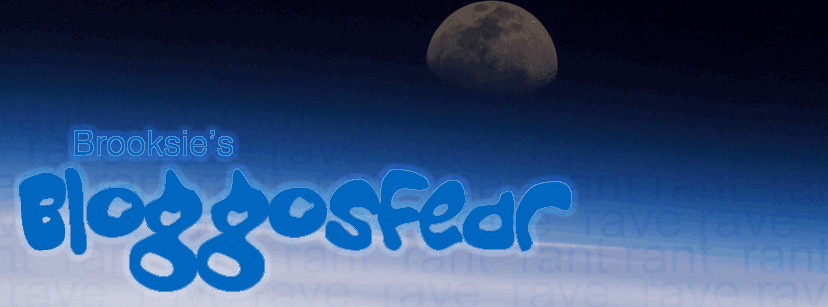The regular chestnuts turn up again in this edition with the ABC's sinewave adaptation taking number one spot, the Qantas flying kangaroo number two and so on. A relative newcomer to the Top 10 is Woolworth's apple peel logo. The usual retinue make up the numbers - Commbank (let's forgive the 'CAN' campaign for a minute), 7 Network, BHP Billiton, 9 Network and so on.
Perhaps the only surprise is that the national broadcaster's sinewave beats the two commercial networks' logos to take first place. Why surprising? Because the relative number of viewers of ABC is significantly less than the other two.
Of course, public exposure does not make a great logo - or it shouldn't. But there is an uncanny link in the Marketing mag panel's top choices and exposure. The TV networks achieve it on the basis they are what they are - TV networks. I believe there is still no greater medium for brand awareness building in Australia than free-to-air TV.
Then, of course, there is Qantas. The iconic flying kangaroo is embedded in the Australian consumer psyche, although one would argue that awareness is outstripping affection with many right now. Woolworths spends more than just about anyone on its brand profile, Commbank is a prolific advertiser. Perhaps of the nominated logos, BHP Billiton's is the only one that is not currently backed by a multi-million dollar advertising campaign or equivalent.
For what it's worth, I'd like to propose a fewAussie logos that I think are great and capture the essence of their business:
For sheer cheek 'up the establishment' cheek, I love Mambo. Music to one's ears (?). Is it still cool to wear Mambo. Who cares? They almost challenge us to be uncool.
The graphic integration of the 'R' and 'C' in the shape of a wave captures what this company's heritage is all about. Rival Quiksilver also scores highly in the logo department, but I put Rip Curl marginally ahead because of its simple execution. Iconic.
Absolutely no bull from the R.M. Williams paddock. I love the way the company has not tried to contemporise its outback Aussie feel. You can almost smell the cow dung on the leather.
It's football. Say no more. Enjoys a high profile, but why? Hundreds of thousands just love what it delivers. Footy.
Yeah, right. It goes with the footy. Almost interchangeable with the logo above. Go the pies!
I don't know how the hell this logo equates to lawn mowers, but it does. Unchanged for as long as I can remember, even if it has dallied with engines not produced by Briggs & Stratton in recent years. A cut above the rest.
Any other entries into the logo Hall of Fame welcome...






